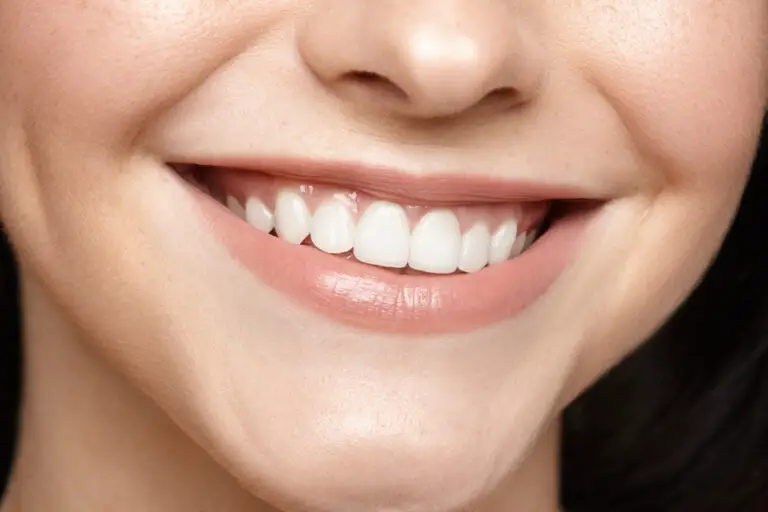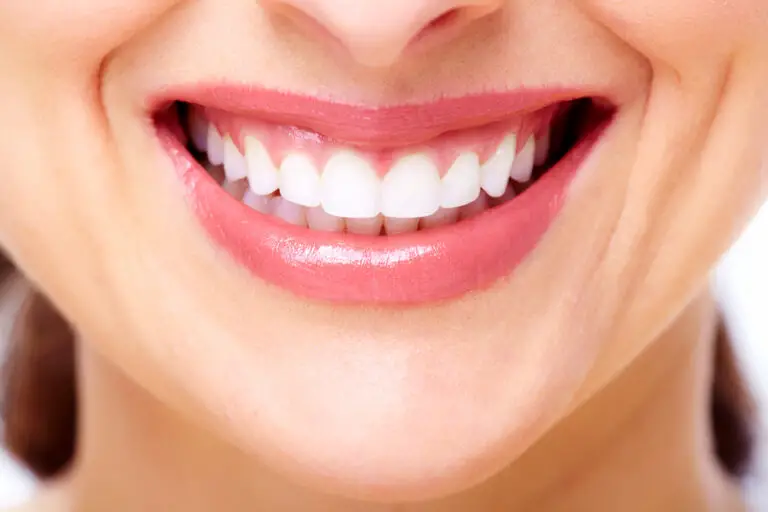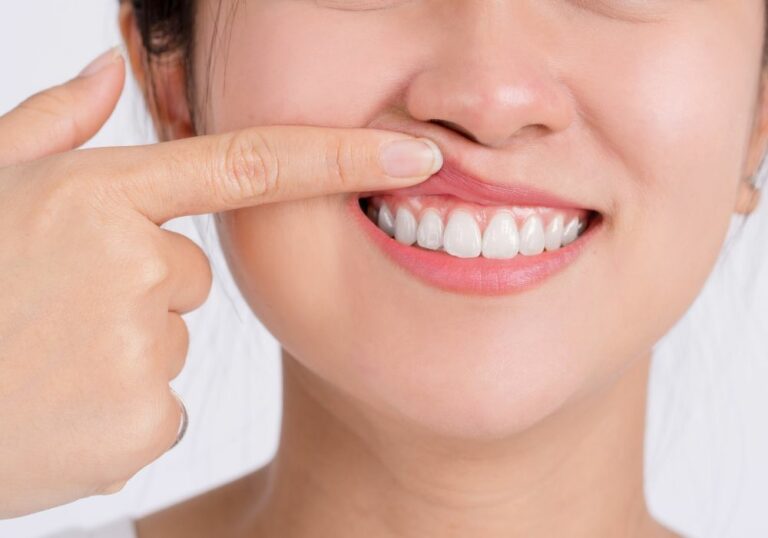Wisdom teeth, also known as third molars, are the last set of molars to erupt in the back of the mouth typically between the ages of 17 to 25 years old. While some people have wisdom teeth that emerge properly and cause no problems, many have issues with wisdom teeth becoming impacted, inflamed, or infected. Extraction of problematic wisdom teeth is one of the most common dental surgeries.
Wisdom teeth present in the mouth can potentially lead to complications not just with the teeth and gums but also systemic issues affecting the whole body. This article explores how wisdom teeth can impact overall health and wellbeing if left untreated.
Local Effects on Oral Health
Crowding and misalignment
One of the most common issues seen with wisdom teeth is crowding and misalignment as there often is not enough room in the jaws to accommodate these large molars. As wisdom teeth come in, they can push against and damage neighboring teeth leading to:
- Pain, sensitivity, decay in adjacent teeth as the pressure exerted can expose nerves or lead to cracks in enamel that allow bacteria to penetrate.
- Biting problems due to misalignment as the incorrect positioning of wisdom teeth can prevent proper occlusion with opposing teeth.
- Difficulty cleaning areas around wisdom teeth, increasing plaque buildup and risk of cavities as the irregular shape and position of wisdom teeth creates areas hard to reach with a toothbrush.
- Damage to orthodontic work such as braces as wisdom teeth put pressure on straightened teeth, undoing the progress of braces. This often necessitates restarting orthodontic treatment after wisdom tooth removal.
Pericoronitis
When wisdom teeth become partially impacted under the gums, an inflammatory condition called pericoronitis can develop in the soft tissues around the crown of the wisdom tooth. Food and bacteria trapped under the flap of gum tissue leads to infection manifesting as:
- Swelling, redness, pain of the gums as the presence of infection causes inflammation in surrounding tissues.
- Pus discharge from around the wisdom tooth as white blood cells rush to fight the infection.
- Bad odor or taste coming from wisdom tooth area due to the presence of anaerobic bacteria and decay under the gum flap.
Cysts/tumors
Unerupted wisdom teeth can also lead to fluid filled cysts or tumorous growths forming in the jawbone near the impacted teeth, such as:
- Dentigerous cyst – fluid filled sac surrounding the crown of unerupted wisdom tooth that can grow to expand jawbone destructively.
- Ameloblastoma – benign but invasive tumor of the jaw originating from odontogenic epithelium that can infiltrate the bone.
Tooth decay
Partially visible wisdom teeth with hard to reach areas can be plagued by tooth decay (cavities) as well as gum disease, causing:
- Dental caries (cavities) in wisdom teeth as bacteria accumulate in crevices to demineralize enamel and dentin.
- Advanced periodontal disease around wisdom teeth since the irregular contours make oral hygiene difficult, allowing bacteria to proliferate.
Damage to nearby structures
Wisdom teeth coming in at odd angles can even erode or fracture nearby tooth roots, destroy bone, compress nerves and damage other structures, potentially leading to:
- Resorption – erosion of tooth root leading to loose teeth as the pressure from wisdom teeth eats away at root structure.
- Bone loss – destruction of jawbone tissue adjacent to wisdom teeth as expanding cysts or tumors infiltrate the bone. Profound bone loss can lead to fracture.
- Nerve injuries – causing numbness or altered sensations in the lips, tongue, chin, gums, teeth as wisdom teeth put pressure on nerves or become entangled in them. In severe cases, it can cause permanent neuropathic pain or paralysis of facial musculature.
Systemic Effects on Whole Body Health
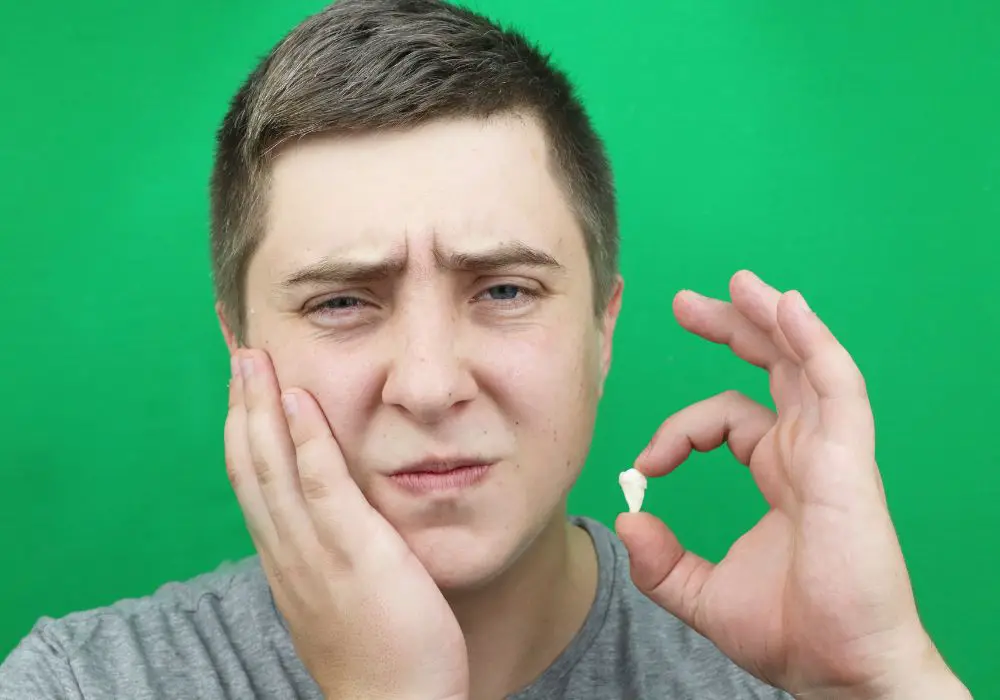
Impacted wisdom teeth
When wisdom teeth become fully or partially impacted in the jaw and unable to emerge properly, they can wreak havoc far beyond the mouth.
Difficult extractions
Extraction of impacted wisdom teeth is more complex, with higher risks for complications like dry socket, nerve injury, jaw fracture, and avulsion of neighboring teeth due to the intricate maneuvering required. General anesthesia is often required vs local anesthesia for simple extractions.
Cysts/tumors
Cysts or tumors associated with impacted wisdom teeth can expand to destroy areas of the jawbone or extend into other facial regions like the sinuses, pterygomandibular space, or bone spaces of the mandible. This requires invasive surgery to fully remove.
Infection spread
Partially erupted wisdom teeth increase risk of infections like pericoronitis that can spread systemically through fascial spaces, lymphatics, or bloodstream, leading to sepsis. Cellulitis of facial planes or descending mediastinitis are possible.
| Infection | Symptoms |
|---|---|
| Pericoronitis | Facial swelling, lymph node involvement, fever |
| Ludwig’s angina | Brawny bilateral floor of mouth swelling, tongue elevation, airway compromise |
| Cervical fascial space infections | Swelling of head and neck tissues, trismus, sepsis |
Chronic inflammation
Impacted or infected wisdom teeth drive chronic inflammation in the body, releasing cytokines and inflammatory mediators into systemic circulation. This has been linked to disorders like arthritis, atherosclerosis, heart disease, diabetes, dementia elsewhere in the body.
Periodontal disease
Advanced gum disease around wisdom teeth exacerbates overall inflammation and spreads oral bacteria. This has been associated with:
- Atherosclerotic cardiovascular disease as oral bacteria induce endothelial dysfunction and plaque instability.
- Adverse pregnancy outcomes such as preterm birth or low birth weight infants due to spread of oral bacteria to the uteroplacental unit.
- Bacterial endocarditis as certain oral bacteria colonize damaged heart valves to cause vegetation infection.
- Aspiration pneumonia or nosocomial pneumonia in hospitalized patients as oral bacteria are inhaled into lungs.
When to Seek Help for Wisdom Teeth Problems
Since wisdom teeth can negatively impact both dental and overall health, it is important to see a dentist promptly for evaluation and treatment in the following situations:
- Pain, swelling, or infection around erupting or impacted wisdom teeth that fails to resolve with conservative measures – this may indicate spreading infection
- Signs of cysts or tumors forming around wisdom teeth site such as jaw enlargement, tooth displacement, or unexplained loose teeth
- Damage, mobility, or resorption seen in neighboring teeth due to wisdom teeth – this indicates progressive destruction
- Periodontal disease only localized to the wisdom teeth area unresponsive to thorough home care – suggests an underlying problem
- Orthodontic complications obviously due to the presence of wisdom teeth – either during or after braces
- Wisdom teeth exacerbating problems with prosthodontic work like crowns or implants
Wisdom Teeth Removal Considerations
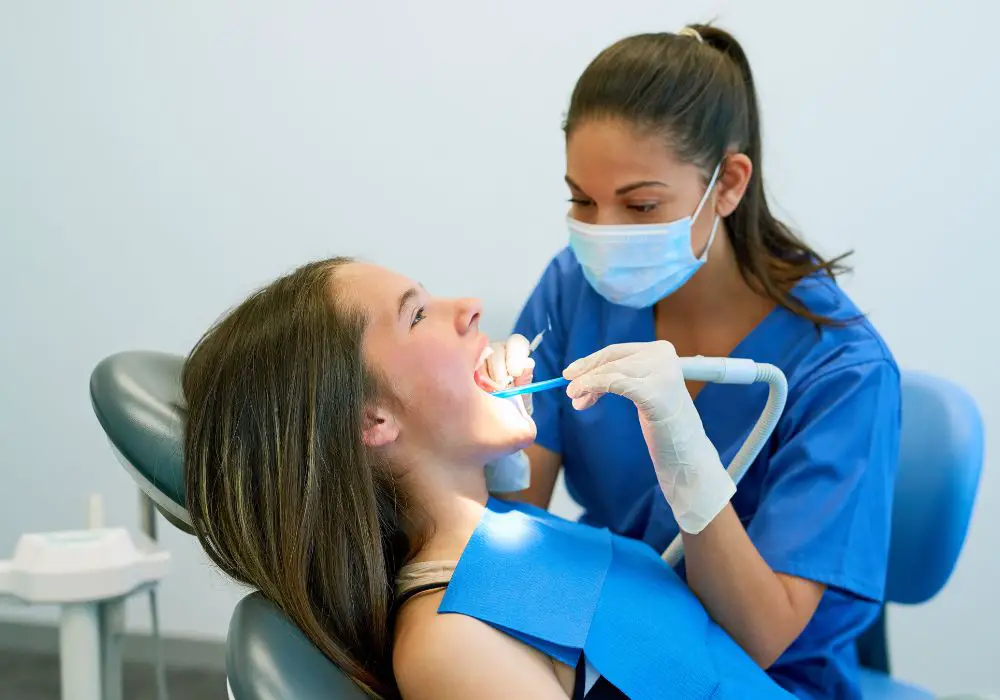
Extraction is often necessary when wisdom teeth are preventing the eruption of other teeth, causing crowding or other issues. The American Association of Oral and Maxillofacial Surgeons estimates that about 85% of problems associated with wisdom teeth can be avoided with extraction.
Factors generally weighed in decision to remove problem wisdom teeth include:
| Considerations for wisdom teeth removal |
|---|
| Degree of impaction/infection – partial vs full, presence of pericoronitis |
| Visible damage to adjacent teeth – resorption, mobility, bone loss |
| Evidence of cysts/tumors on imaging – invasion into bone or other structures |
| Presence of severe periodontal disease limited to wisdom teeth area |
| Inability to properly clean wisdom teeth area due to positioning |
| Known orthodontic issues caused by wisdom teeth currently or in past |
| Future orthodontic treatment planned where wisdom teeth may interfere |
| Anticipation of eventual prosthodontic work around wisdom teeth sites |
| Prior problems with extractions or poor healing |
| Age of patient – best to remove in teens/early 20s before full root formation |
| Access to good follow-up care after removal |
Wisdom Teeth Removal Procedures
If wisdom teeth removal is deemed necessary, the oral surgeon will determine the best surgical method based on factors like tooth positioning and root development:
Simple extraction
A wisdom tooth that is fully erupted through the gums and has visible crown can often be simply extracted like a regular tooth with forceps and elevators under local anesthesia.
Partial bony extraction
Partially impacted wisdom teeth with some bone covering tooth require ostectomy – removal of obstructing bone – to create access and visualize the crown for extraction. Local anesthesia is still possible but recovery is longer.
Full bony extraction
Fully impacted wisdom teeth with large amounts of bone covering the crown necessitates more extensive ostectomy and bone removal to reach and extract tooth. This increases trauma, pain, and recovery time.
Sectioning
In difficult impactions, the wisdom tooth may be sectioned into pieces, either within the socket or after partial removal, to allow easier elevation from the jawbone.
Coronectomy
If wisdom teeth are closely associated with nerves, intentional partial extraction leaving the root behind may be done to avoid nerve injury.
Recovery After Wisdom Teeth Removal
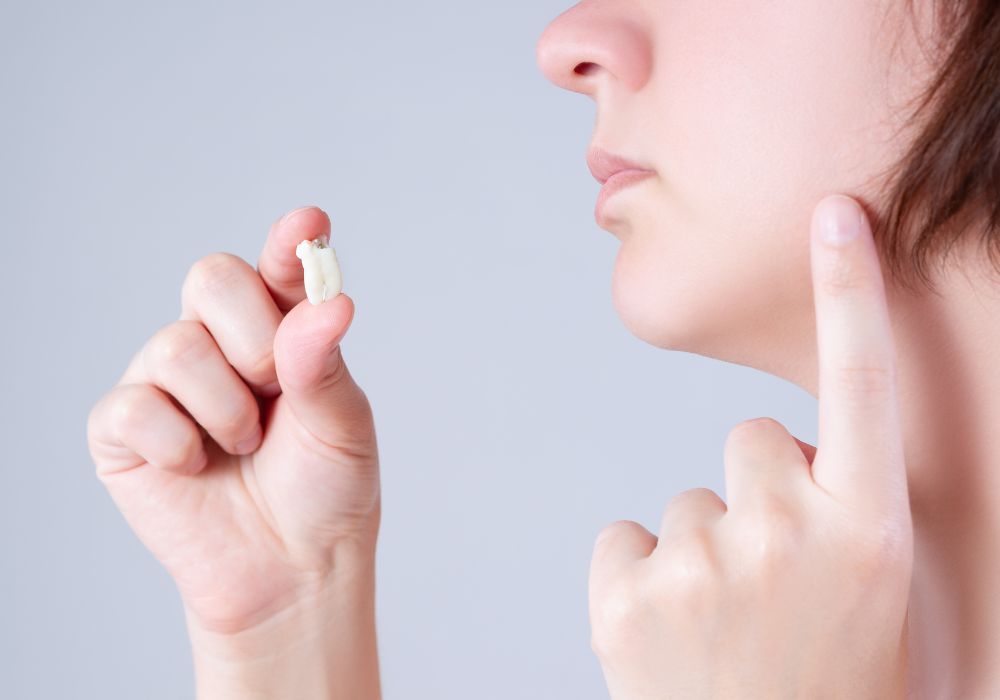
Expect moderate swelling, pain, and bleeding for the first 3-4 days after surgery, gradually improving over 1-2 weeks. Full healing takes about 6 weeks for bone and soft tissues. Helpful tips include:
- Cold compresses intermittently for 48 hours reduces edema.
- NSAID pain medication around the clock for the first 4-5 days manages pain. Narcotics can be added for severe pain.
- Soft, cool foods requiring little chewing such as yogurt, smoothies, eggs, soups.
- Tepid salt water rinses help keep area clean along with very gentle toothbrushing.
- Complete avoidance of smoking is mandatory – this impairs healing and increases risk of dry socket.
- No drinking through straws or vigorous mouth rinsing as this may dislodge blood clots.
- Rest, limit physical activity for at least 4-5 days to avoid raising blood pressure and bleeding risk.
- Watch for worsened pain, swelling, fever – if seen, contact your dentist promptly.
Conclusion
While wisdom teeth may cause no problems at all in some individuals if aligned properly, their presence can also lead to both dental and systemic health issues when problematic. Impaction, crowding, cysts, decay around wisdom teeth have the potential to not just create damage locally but also impact the entire body by exacerbating issues like infection, inflammation, and the spread of oral bacteria. Getting wisdom teeth evaluated and addressing any underlying issues before they worsen can help minimize short and long term effects on your oral and general health. Maintaining vigilance for any future problems arising from retained wisdom teeth is also prudent through life.
Frequently Asked Questions
1. At what age do wisdom teeth usually come in?
Wisdom teeth emergence typically occurs between ages 17-25, with peak incidence around 20 years old. However, the timing can be quite variable between individuals based on factors like genetics, race, and sex. Wisdom teeth may be congenitally missing in some people as well.
2. How can I prevent problems with my wisdom teeth?
Practicing good oral hygiene and getting regular dental exams helps detect issues early. If wisdom teeth appear to be emerging in a problematic position, the dentist may recommend early extraction to avoid complications.
3. Do wisdom teeth always need to be removed?
No, many wisdom teeth emerge properly aligned and cause no problems. The decision to remove wisdom teeth is made case-by-case based on a review of positioning, disease presence, and potential for future issues.
4. What problems may arise after wisdom tooth removal?
Common issues after extraction include pain, swelling, bleeding, infection, dry socket, and nerve injury. Rare but serious complications involve jaw fracture, oral-antral fistula, and damage to adjacent teeth.
5. How long does wisdom teeth removal recovery take?
Healing typically takes 1-2 weeks but may be prolonged by surgical difficulty, existing health issues retarding healing, or onset of complications. Most swelling and pain subsides within the first 5-7 days. Complete bony healing and regeneration of periodontal fibers takes about 6 weeks.

